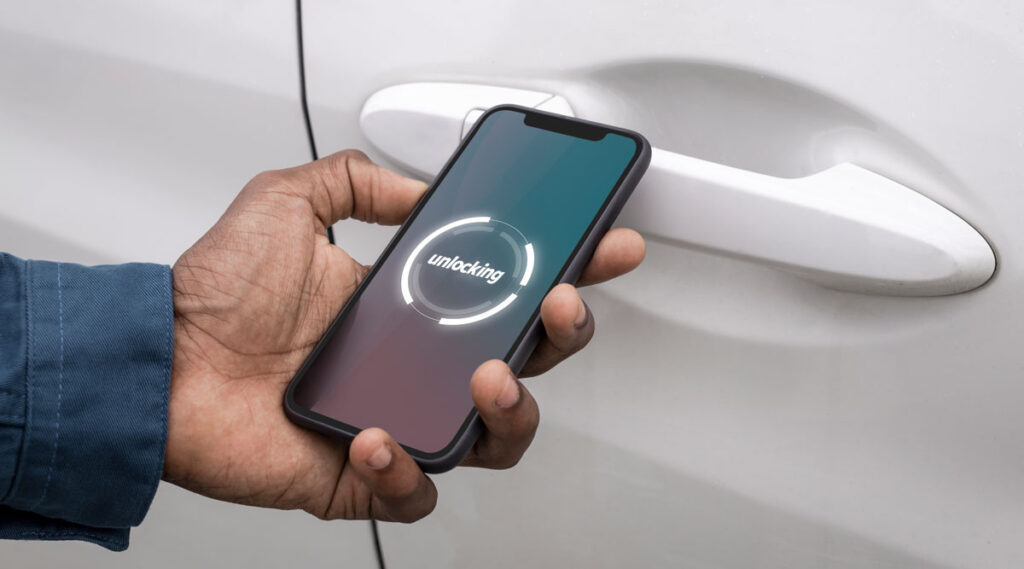The Connected Car Of The Future Is The One Open To Third Parties
With its revised Payment Services Directive (PSD2), Europe aims to make payments safer and increase consumers’ protection, integrating new digital players into its market and requiring financial institutions to open their data and services to third parties. Doing so enables competitors to offer their own clients innovative digital experiences that would radically shake up traditional business. Auto manufacturers should already be preparing for a mobility services directive that would require them to open their vehicles to similar requirements. The connected car of the future is one that is ready to join a mobility ecosystem in which customers are not captive to a single vehicle. Are you ready?

Look Beyond Fixing The Broken Customer Experience
Our recent Customer Experience Index (CX Index™) research shows that auto manufacturers are still struggling to connect the dots between the digital experience (e.g., when customers are exploring and considering vehicles for an intended purchase) and the dealership experience (when those customers take the next step to visit a dealership). Not being able to recognize customers moving from a digital touchpoint to the dealership is a big miss for creating the best experience. Auto manufacturers’ CX leaders are still busy trying to solve that.
In parallel, the mobility services market is growing fast. Cars are shifting from personal vehicles to shared ones. Auto manufacturers developing their connected cars need to look at the experience they deliver beyond fixing the link between digital platforms and their dealership network. Ultimately, the ecosystem they operate in will become more and more complex … and more and more open. The ones who haven’t yet prioritized their roadmap data exchange and access between their brand and players outside their brand network are already late.
Focus On Key Steps Along The Shared Car Driving Experience
In an integrated mobility ecosystem, customers want to go from A to B with ease, efficiency, and a positive experience. They travel through key steps in this journey when they use car-sharing services:
- Before the drive: locating an available vehicle and unlocking it.
- During the drive: connecting their phone to the car — to keep their audio going, use a preferred navigation app, or be able to take calls safely — and starting the car.
- And after the drive: parking and locking the car.
Auto manufacturers already equip vehicles with GPS chips and accept phone connections through Apple CarPlay or Android Auto. Some are starting to experiment with enabling some actions through third-party digital channels: BMW is the first brand to use Apple Wallet to turn its car key digital. Others should follow.
But car onboarding is a step auto manufacturers still need to address. The dealership is traditionally doing that onboarding when a customer visits for a purchase. However, in a world where cars are shared or used as a service, the onboarding needs to be done without human interaction. In-car interfaces should become simpler for any new customer unfamiliar with a specific brand. Just finding the “start engine” button of an unknown car model can feel like a treasure hunt. It can live on the central console or under the driving wheel, as a physical button or a digital one on the touch screen. While auto manufacturers prepare to make it possible to control cars with a smartphone running third-party apps, they should also prepare for making onboarding content available.
Better Connected Cars Ensure Data Security And Data Privacy
Opening car controls to third parties requires an additional layer of security to secure and protect both car systems and personal data from personal phones connecting to cars. It also requires informing customers about those measures in a way that is reassuring and creates trust. This is not an easy task. But the automotive industry would not be the first to go through such a transformation: Look at what financial services did to comply with PSD2 regulations. And the good news is that by anticipating future needs, auto manufacturers might just be able to solve their current challenges and connect the dots between their digital channels and physical ones at dealerships.
Interested in mobility experience? Take a look at our published research, The Future Of Free-Floating Mobility Services, and get in touch with us through our inquiry system.
